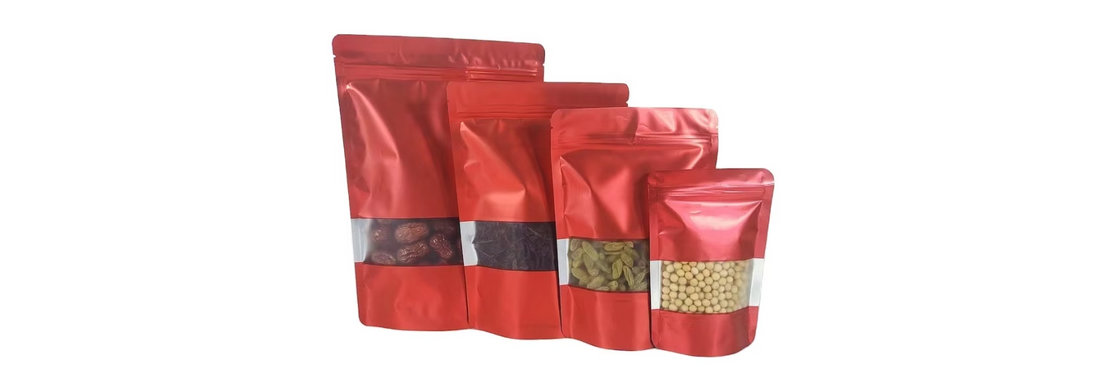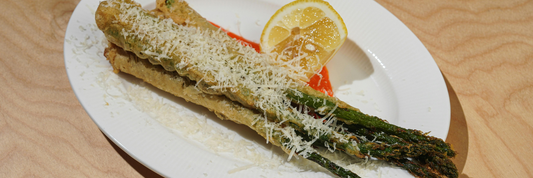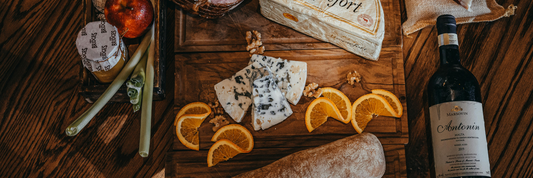Choosing the right pouch packaging size is essential for protecting your product, reducing costs, and ensuring a professional appearance. Whether you're packaging food, cosmetics, or supplements, understanding pouch dimensions helps you optimize efficiency and customer satisfaction.
Why Does Pouch Packaging Size Matter?
Product Protection
An oversized pouch leads to too much internal movement — potentially damaging the contents. A pouch that’s too small may not seal properly or could rupture. Size directly affects durability and shelf life.
Cost Optimization
Pouch packaging is priced based on materials used. Larger pouches = more film, more ink, more space in storage and shipping. The wrong size increases:
-
Material cost
-
Shipping weight/volume
-
Waste
Brand Presentation
Consumers perceive oversized packaging as wasteful and underfilled. Right-sized pouches make your product look premium, efficient, and trustworthy.
Regulatory Compliance
Depending on the market and product (especially food or pharmaceuticals), labeling regulations may dictate minimum font sizes and required information. This impacts the size of the printable area on your pouch.

Common Types of Pouch Packaging
Before you size the pouch, you must understand what type of pouch you’re working with:
Stand-Up Pouches (SUP)
-
Most common
-
Has a bottom gusset that expands to let the pouch stand vertically
-
Ideal for: snacks, dried fruit, pet food, supplements
Flat Pouch (Three-Side Seal)
-
No gusset
-
Flat, envelope-style format
-
Used for: single-serve products, powders, spices
Side Gusset Pouches
-
Gussets on left and right sides
-
Great for heavier, bulkier contents
-
Common in: coffee, grains, detergents
Box Bottom Pouch
-
Also called “quad seal” pouch
-
Combines stand-up functionality with box shape
-
Premium products: protein powder, tea, superfoods
Spouted Pouch
-
Includes a spout for easy dispensing
-
Used for: liquids, baby food, sauces
Each pouch type has a different usable volume based on how it expands and seals. Never assume the volume by external dimensions alone.
How to Measure Pouch Packaging Size
There are three main dimensions for most pouches:
-
Width (W): side to side
-
Height (H): bottom seal to top seal (include zipper if present)
-
Gusset (G): depth or expandability
For stand-up pouches, measure bottom gusset.
For side gusset pouches, measure each side panel.
Important Notes:
-
The actual fillable volume is always less than the theoretical maximum due to sealing zones and headspace.
-
If using a zipper, subtract ~1 inch from the total height for fill line.
-
If using automatic fillers, factor in extra space for clean filling.

Pouch Packaging Size Chart (Stand Up Pouch Size)
| Size (W x H x G) | Volume (oz) | Fits approx. | Best For |
|---|---|---|---|
| 3" x 5" x 2" | 1–2 oz | 30–50g spices | Samples, small portions |
| 4" x 6.5" x 2.5" | 3–4 oz | 100g coffee | Tea, snacks, herbs |
| 5" x 8" x 3" | 6–8 oz | 200g trail mix | Dried fruit, supplements |
| 6" x 9" x 3.5" | 12–14 oz | 400g powder | Granola, protein powder |
| 7" x 10" x 4" | 16–20 oz | 500g rice | Pet treats, pasta, grains |
| 8" x 12" x 5" | 32 oz+ | 1kg anything | Bulk food, flour, detergents |
Note: Always test fill your product in a sample pouch. Density, flow, and air retention can affect real-world fit.

Factors That Influence Ideal Pouch Size
Product Density
- 500g of coffee ≠ 500g of whey protein. One is dense, the other fluffy.
- Volumetric calculations alone are misleading.
Product Format
- Powder, solid, liquid, or granular?
- Each flows and packs differently.
Headspace Requirements
Do you need space for reseal, gas flushing (for coffee), or safety seals?
Brand Aesthetics
A large pouch can increase shelf presence — but may seem half-empty if not filled appropriately.
Filling Equipment
Manual filling may require wider pouches. Automated systems need consistent pouch size for grip and fill precision.
Tips for Choosing the Right Pouch Packaging Size
-
Start with the product
-
Know the weight, volume, and shape
-
Test how it settles in different pouch formats
-
-
Create a mockup
-
Use prototype pouches with similar dimensions
-
Fill them with your product, then observe the fit and finish
-
-
Use a size calculator or ask a packaging expert
-
Many suppliers (like Kimecopak or Grounded Packaging) can help estimate based on your data
-
-
Consider shipping and retail logistics
-
Will the pouch stand on a shelf?
-
Will it fit in your shipping box or pallet layout?
-
-
Factor in sustainability
-
Right-sizing reduces waste and carbon footprint
-
Smaller pouch = less plastic, less filler, lower cost
-
Common Questions About Pouch Sizes
Can I use the same pouch size for different products?
Not always. Even if products weigh the same, their density and flow may differ, requiring different pouch sizes.
What if I want to customize my pouch size?
Work with your supplier to create a custom die line. MOQ (Minimum Order Quantity) applies for custom sizes.
How can I convert oz to pouch size?
Use an online converter or refer to charts provided by packaging manufacturers. Rule of thumb: 1oz ≈ 30ml of volume, but density matters most.
Conclusion
Selecting the right pouch packaging size is part science, part art. You’re not just choosing a bag — you’re deciding how your brand is perceived, how your product stays safe, how much you spend, and how you impact the planet.
Take the time to:
-
Understand your product's physical properties
-
Test and prototype with multiple pouch sizes
-
Work with trusted packaging experts
If you're looking for professional guidance or custom pouch solutions, Kimecopak.ca offers sustainable, high-quality pouch packaging with expert support in sizing, design, and printing.




